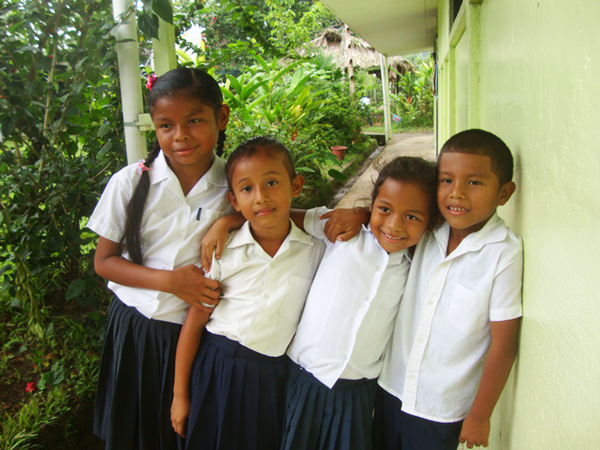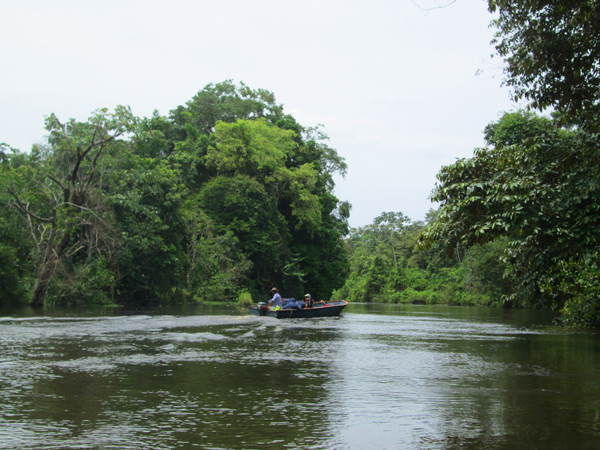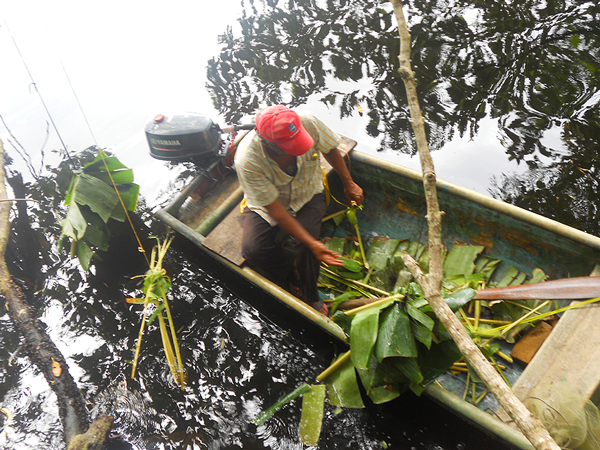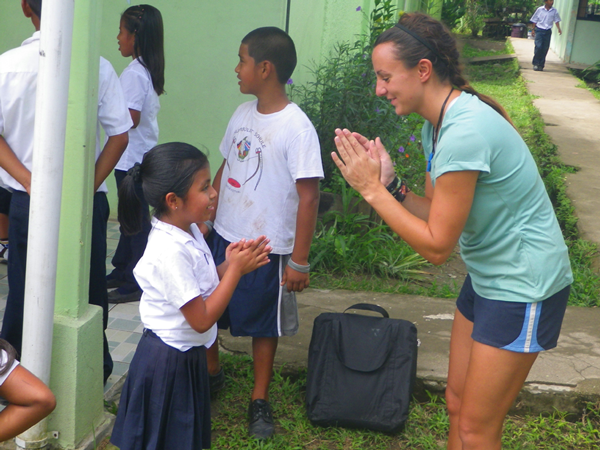
The Bribri are the largest indigenous population in Costa Rica. Around 10,000 Bribri reside in the mountains of the Talamanca region, and a smaller population live in Bocas del Toro, Panama as well.
The Bribri are one of the communities Outward Bound Costa Rica serves on our service learning expeditions, including our Costa Rica & Panama Service Challenge and Venture and Volunteer Girl Scout Destinations, as well as on our Service Adventure-based Group Program.
Get to Know the BriBri
A “HIDDEN PEOPLE”
The Bribri live in communities that are very isolated from the rest of Costa Rica’s population, deep in the heart of the rainforest. Their own rich culture and traditions have lasted for thousands of years, passed down through generations orally. Though the Bribri have their own language, many are bilingual and speak Spanish as well.
Bribri settlements are located in some of the most remote areas of the country, and many villages are only accessible by river. Their towns often include community buildings, schools, and conical houses as spiritual centers. Some buildings have running water and limited electricity, but generally Bribris live in rustic houses on stilts isolated from one another.
One With Nature
Independence is a central value to the Bribri people, and they have a great desire to uphold their own traditions and way of life while resisting harmful development to the environment. Over time, they have had several struggles maintaining their lands and defending it from industry and large corporations. Industry has already affected their land and their people by way of plantations and factories, contaminating their land and water supply. Their religion is strongly tied to the environment and their duty to protect and conserve it. Their beliefs involve an intricate mythology involving the spirits of nature and their creator, Sibö.
Clans & Roles
Bribri society is built upon a matrilineal clan system, meaning roles are determined through the mother’s family. That being said, women have somewhat of a high status in Bribri culture. While men and women often work the same jobs, some roles are specific. For example, typically only women tend to livestock and only women can prepare the sacred cacao drink used for special occasions, whereas only men can be an “awa” (shaman) to conduct healing and spiritual practices. Men often found work outside of their villages in large commercial plantations, but they have suffered health risks from the harsh conditions and pesticides. In recent years, Bribri women have explored other venues for income so that the men don’t have to leave to find work elsewhere. Bribri sell and trade their crops, but women have taken initiatives to set up ecotourism, organic farming, craft making, and even iguana farming to help support the community.
Agriculture
The Bribri are agriculturalists with bananas and cocoa as their main cash crops. They also produce about 120 other crops, both cultivated and wild, including corn, beans, root crops, palm, coffee, medicinal plants, commercial and construction lumber and more. The Bribri people have the lowest income per capita in Costa Rica. They have established an advanced bartering system within their communities, and primarily the women conduct the trading. While they are poor, they are generally self-sufficient through their agriculture. However, because they are so isolated and function independently, they have limited access to education and healthcare.
Service Learning with the BriBri
Here at Outward Bound Costa Rica, we work with the Bribri population on a variety of service projects in order to help support their ability to maintain their traditional way of life and to improve the quality of education and health. Students learn through their cultural practices, agriculture, and language through activities like gardening or making chocolate. We have contributed with construction and renovation of public spaces like schools, community centers, and cemeteries.

Learn from the locals while staying on a rustic homestay or lend a hand serving indigenous communities of Costa Rica and Panama as part of one of our Summer Expeditions, Gap Year & Semester Programs, Girl Scout Destinations, or on a Group Program.



